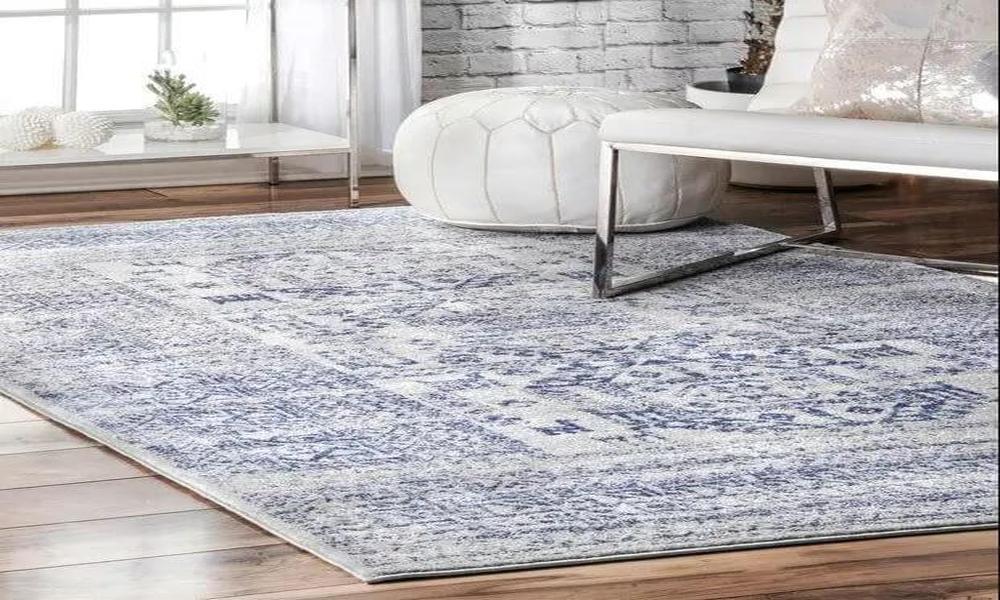One of the primary benefits of using an area rug is that it can protect your flooring from scratches, stains, and wear and tear. Whether you have hardwood, laminate, tile, or carpeted floors, an area rug can act as a buffer zone between your furniture and the floor, preventing damage and extending the life of your flooring. Additionally, area rugs can help to reduce noise levels in a room by absorbing sound and minimizing echoes.
Another benefit of area rugs is that they can add color, texture, and personality to a room. Whether you prefer bold and vibrant hues, intricate patterns, or natural fibers, an area rug can be a focal point that ties your decor together. Area rugs can also be used to define different areas within a larger space, such as a seating area, dining area, or workspace.
Finally, area rugs can enhance the comfort of a room by adding an extra layer of cushioning underfoot. Whether you prefer a plush shag rug, a flat-weave rug, or a high-pile rug, an area rug can provide a soft and cozy surface that invites relaxation and lounging.
How do I choose the right size area rug?
Choosing the right size area rug is crucial to achieving the desired look and function of a room. A rug that is too small can make a space feel disjointed and cramped, while a rug that is too large can overpower a room and detract from other design elements.
To determine the ideal size of an area rug, start by measuring the room and considering the placement of furniture. In a living room, for example, you may want to select a rug that is large enough to fit all of your furniture within its borders, or you may choose a rug that is slightly smaller and centered under your coffee table. In a bedroom, you may want to choose a rug that extends beyond the sides and foot of the bed, creating a soft and warm landing spot when you get out of bed.
When selecting an area rug, it is also important to consider the shape of the room and the shape of the rug. Rectangular rugs work well in most spaces, while round or oval rugs can add visual interest and soften the lines of a room. Ultimately, the size and shape of an area rug will depend on your personal preferences and the specific requirements of your room.
What materials are available for area rugs?
Area rugs are available in a wide range of materials, each with its unique advantages and disadvantages. Some of the most popular materials for area rugs include:
- Wool: Wool is a durable and versatile material that is soft and naturally resistant to stains and odors. Wool rugs come in a variety of textures and can be dyed in a range of colors.
- Synthetic fibers: Synthetic fibers such as nylon, polyester, and olefin are durable and affordable options for area rugs. They are easy to clean and come in a range of colors and patterns.
- Natural fibers: Natural fibers such as jute, sisal, and seagrass are eco-friendly and add a natural and organic feel to a room. They are durable but can be prone to stains and water damage.
- Silk: Silk is a luxurious and delicate material that adds a subtle shimmer and softness to a room.





